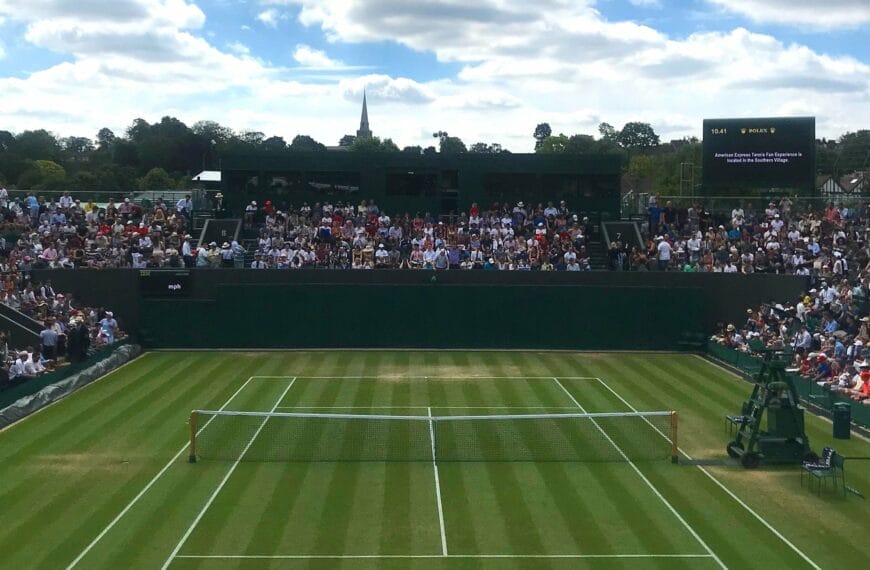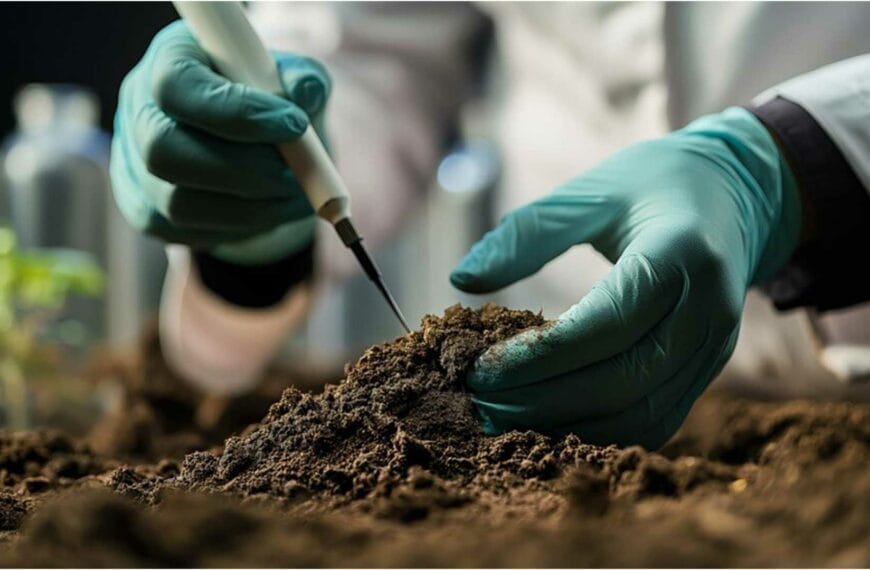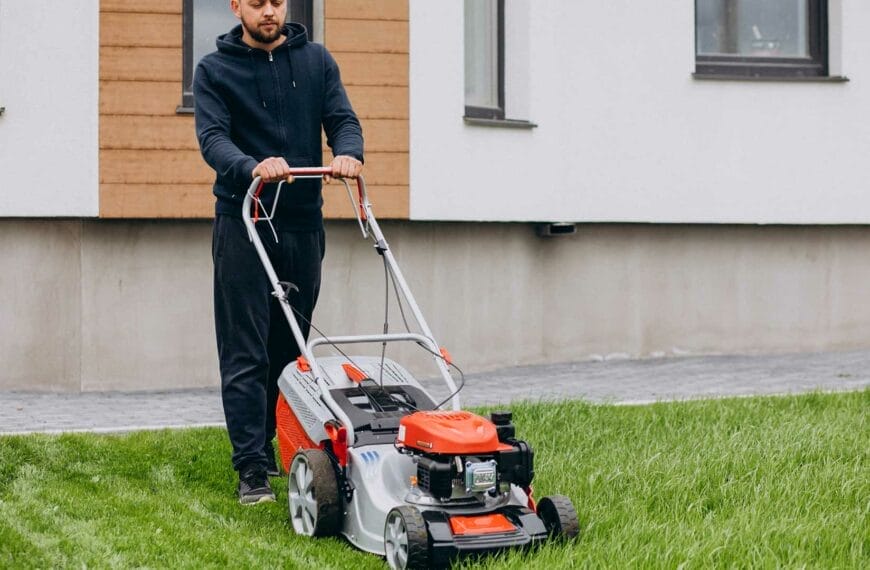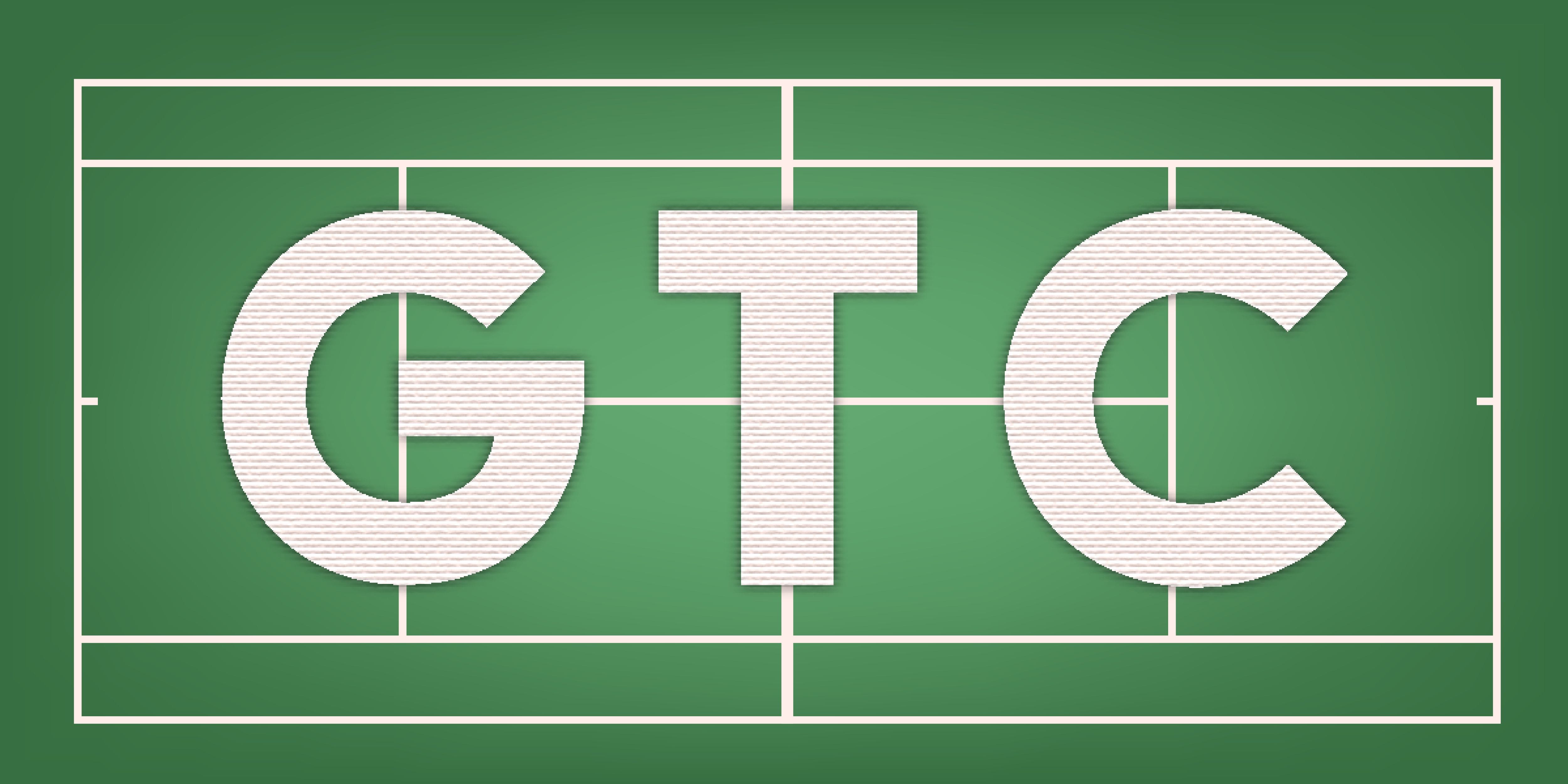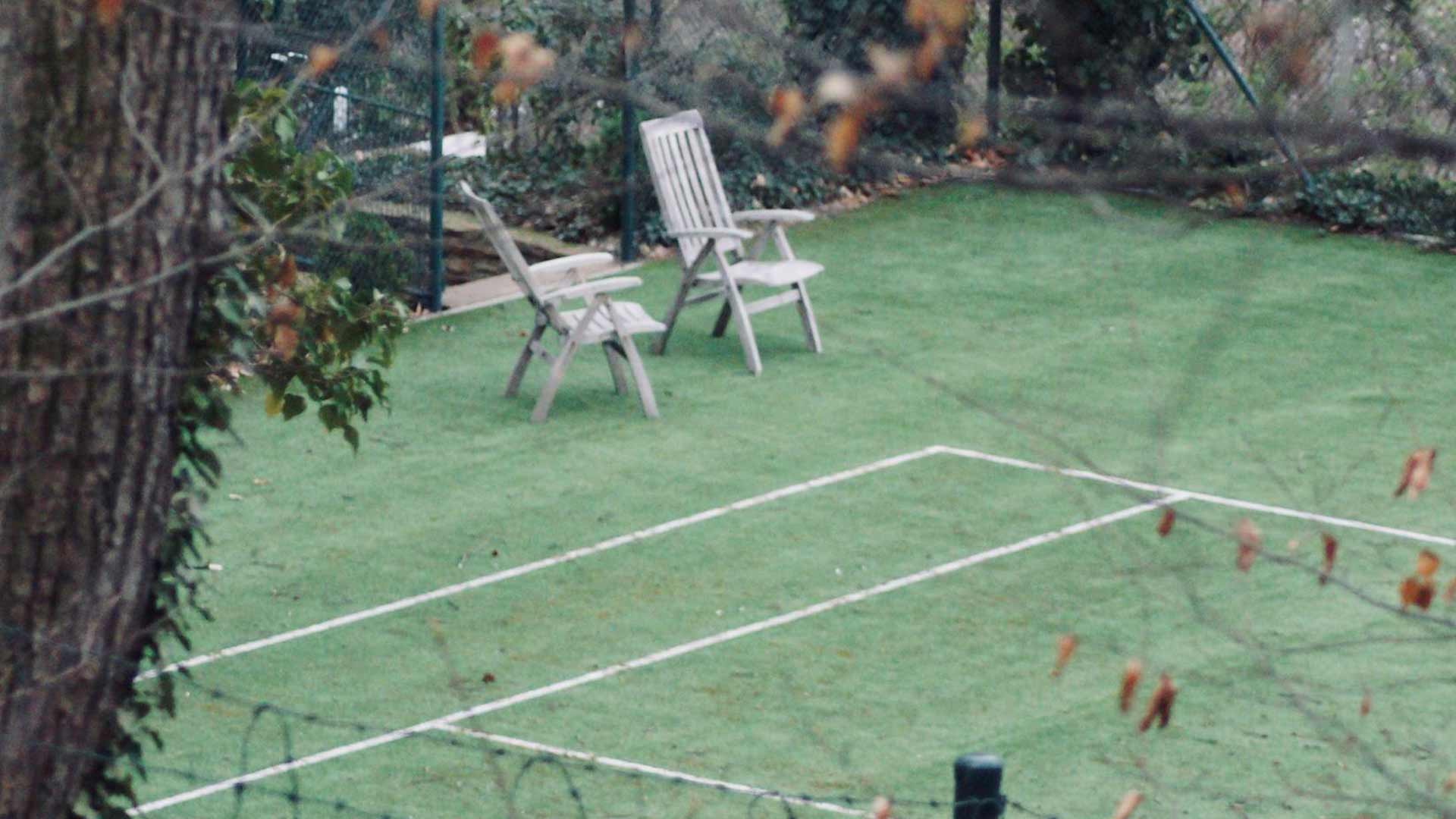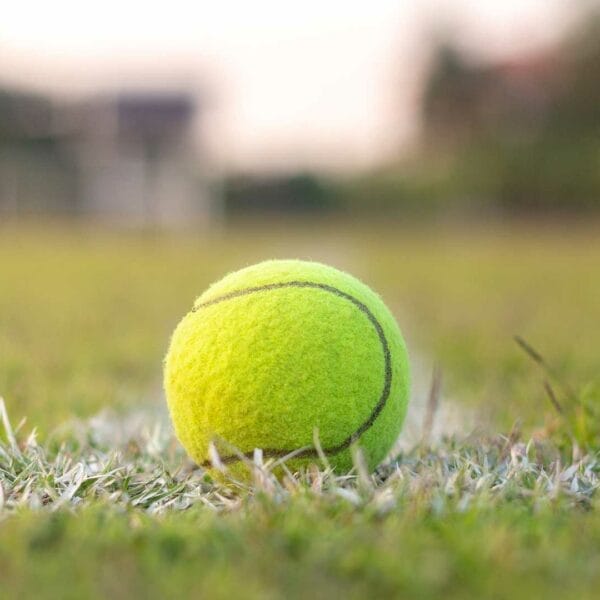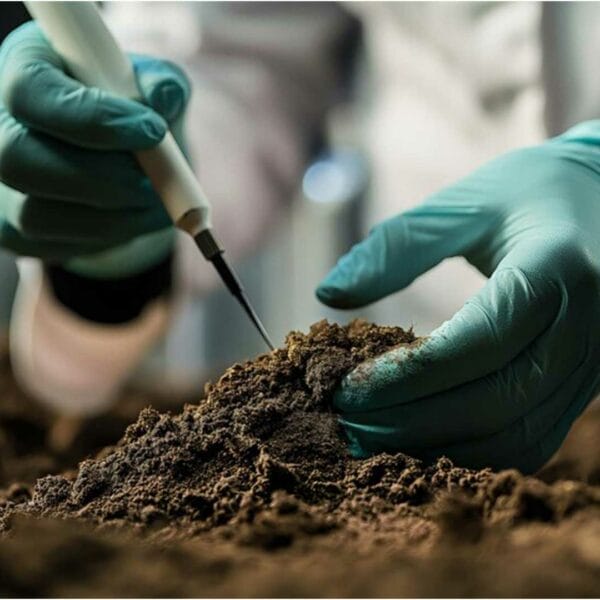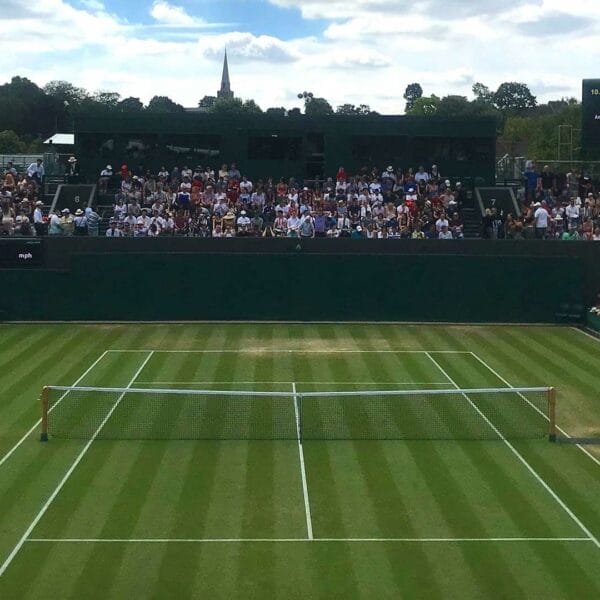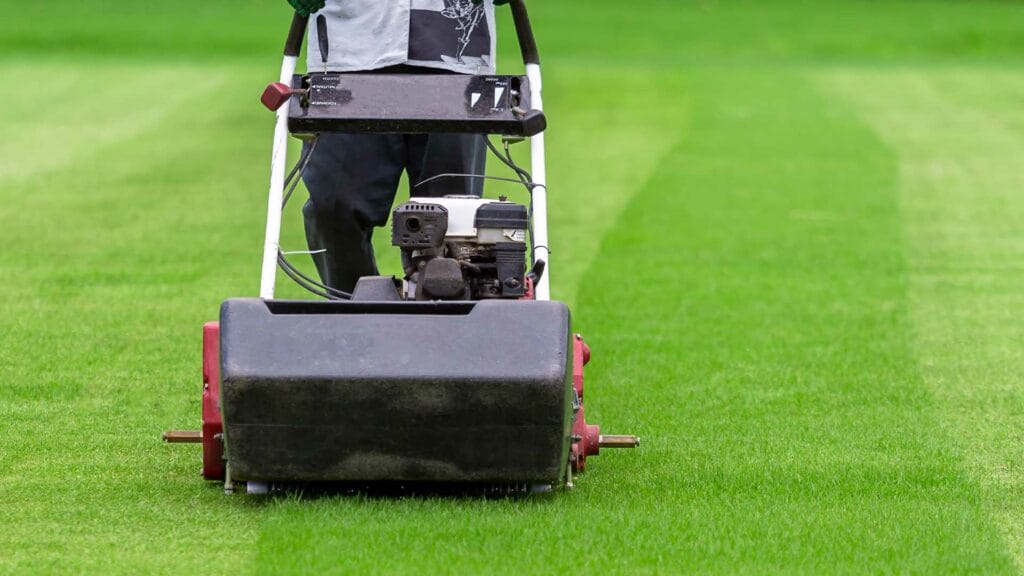
The Art of the Cut
There’s a certain magic to mowing grass tennis courts to make a perfectly manicured grass tennis court. The vibrant green carpet, the crisp white lines, and the satisfying thwack of a ball against taut strings – it’s a timeless image of sporting elegance. But behind every pristine court lies a meticulous regimen of care, and at the heart of that care is the humble act of mowing. Guides to managing your grass court are plentiful on our site, Grass Tennis Club. Maintaining the ideal playing surface isn’t just a preference; it’s a commitment to the tradition and joy of grass court tennis. The question isn’t just how to mow, but how often, and with what precision, to achieve that signature bounce and feel.
The bottom line is that grass tennis courts should be mowed 2-3 times per week during the growing season to maintain the ideal height of 8-12 millimetres. This isn’t an arbitrary figure; it’s a carefully determined sweet spot that balances playability, grass health, and maintenance efficiency. Let’s delve deeper into why this frequency and height are paramount, and what goes into achieving them.
Why Frequent Mowing is Non-Negotiable
The phrase “growing season” is key here. Depending on your climate, this typically spans from late spring through early autumn. During these months, the grass is actively growing, drawing nutrients, and photosynthesising vigorously. Left unchecked, it can quickly become shaggy, dense, and unsuitable for high-level tennis.
- Maintaining the Ideal Ball Bounce: The most immediate and noticeable impact of mowing frequency is on the ball bounce. Grass that is too long absorbs more energy from the ball, resulting in a slower, lower, and less predictable bounce. Conversely, grass cut too short (below the recommended 8-12mm) can expose the soil, making the surface too hard and fast, and increasing the risk of scalping. The 8-12mm range ensures a consistent, medium-fast bounce that is characteristic of grass court play, challenging players with its unique blend of speed and variable spin.
- Ensuring a Uniform Playing Surface: Regular mowing promotes a uniform playing surface. Each pass of the mower clips the grass blades, encouraging lateral growth and creating a thicker, more even sward. This minimises irregularities that could cause unpredictable bounces or create trip hazards for players. A patchy or uneven court not only looks unsightly but also detracts significantly from the playing experience.
- Preventing Disease and Pests: Taller grass can trap moisture at the base of the plant, creating an ideal environment for fungal diseases. It also offers more shelter for pests. Frequent mowing, combined with good aeration and irrigation practices, helps to keep the grass dry and healthy, reducing the likelihood of disease outbreaks and pest infestations. This proactive approach is far more effective and less costly than reactive treatments.
- Encouraging Healthier Grass Growth: Although it may seem counterintuitive, regular mowing actually promotes stronger, healthier grass. By consistently removing the tips of the blades, you stimulate the plant to produce new growth and develop a more robust root system. This leads to a more resilient turf that can better withstand the rigours of play and environmental stresses. Think of it as a regular lawn trim, but on a much more intense schedule.
The Magic Number: 8-12 Millimetres
Achieving and maintaining this specific height requires precision. For ground staff consulting Grass Tennis Club, this isn’t just about pushing a mower; it’s about understanding the nuances of turf management.
- Below 8mm: Risks scalping and damaging the crown of the grass plant, leading to thinness, bare patches, and increased vulnerability to stress, disease, and wear. The court would also play too fast and hard, losing its unique grass court character.
- Above 12mm: Results in a slower, higher ball bounce, reduced speed, and often a shaggier appearance. It also increases the risk of matting and moisture retention, as discussed earlier.
The optimal range allows the grass blades to stand upright, providing just enough cushion and friction for the ball while still allowing it to glide across the surface after a low bounce.
Mowing Techniques and Equipment
The “how” of mowing is just as critical as the “how often.” This isn’t your average backyard lawn care.
- Type of Mower: Reel mowers (also known as cylinder mowers) are indispensable for grass tennis courts. Unlike rotary mowers, which tear the grass blades with a horizontally spinning blade, reel mowers use a shearing action, like scissors, to cut the grass cleanly. This clean cut minimises damage to the grass blade, reducing stress and promoting quicker recovery and healthier growth. For detailed information on different types of mowers and their suitability for fine turf, resources from The Lawn Expert provide excellent insights.
- Sharp Blades: A dull blade is the enemy of a pristine court. Dull blades rip and fray the grass blades, leaving jagged edges that turn brown, making the court susceptible to disease and giving it an overall unhealthy appearance. Blades must be sharpened regularly – often daily or every other day during peak season – to ensure a perfect cut every time.
- Mowing Pattern: Consistency is key. Groundskeepers often use alternating patterns (e.g., mowing north-south one day, then east-west the next) to prevent graining (where grass lies down in one direction) and ensure an even cut. Overlapping passes slightly helps prevent missed strips.
- Weather Considerations: Mowing should ideally be done when the grass is dry. Mowing wet grass can lead to clumping, uneven cuts, and can spread disease more easily. If rain is forecast, adjusting the mowing schedule slightly to get a dry cut is often a priority. However, in prolonged wet spells, a necessary cut might still occur, but with extra care and cleanup.
- Collection of Clippings: For a tennis court, grass clippings should always be collected. Leaving clippings on the surface can smother the grass, contribute to thatch buildup, and create an uneven playing surface that affects ball bounce. Most professional reel mowers come with collection boxes for this purpose.
Beyond the Cut: Integrated Turf Management
While mowing is foundational, it’s part of a larger, integrated turf management program. At Grass Tennis Club, our commitment to exceptional grass courts extends to:
- Fertilisation: Regular feeding with appropriate nutrients to support vigorous, healthy growth without encouraging excessive top growth.
- Irrigation: Precise watering to ensure adequate moisture, preventing drought stress while avoiding overwatering, which can lead to disease.
- Aeration: Periodically relieving soil compaction, allowing air, water, and nutrients to penetrate the root zone more effectively.
- Scarification/Verticutting: Removing thatch (a layer of dead and decaying organic matter) that can inhibit healthy growth and create a spongy surface.
- Pest and Disease Control: Proactive monitoring and, if necessary, targeted treatments to manage any outbreaks.
- Rolling: Light rolling helps to firm up the surface and ensure a smooth, level playing area.
These practices work in concert with the mowing schedule to produce the resilient, beautiful, and playable courts our members expect. The interplay of these elements is what truly defines professional turf care. For a deeper dive into the overall care of fine turf surfaces, including tennis courts, the Sports Turf Research Institute (STRI) offers valuable resources and research, such as articles found on the Grounds Management Association publication, which highlight seasonal challenges.
The Payoff: The Quintessential Grass Court Experience
The meticulous effort that goes into mowing 2-3 times per week, maintaining that precise 8-12mm height, and integrating it with broader turf management practices culminates in the inimitable grass court experience. Here at Grass Tennis Club we advocate mowing for surfaces to reward skill, help players adapt to various playing styles, and hark back to the golden age of tennis. The consistent ball bounce, the true roll, and the visual appeal all stem from a dedication to the grass – a dedication where the mower plays a leading, vital role.
So, the next time you admire a perfectly cut grass tennis court, remember the frequent passes, the sharp blades, and the expert hands that craft this verdant stage. It’s more than just cutting grass; it’s cultivating an experience, one perfectly mowed blade at a time.


